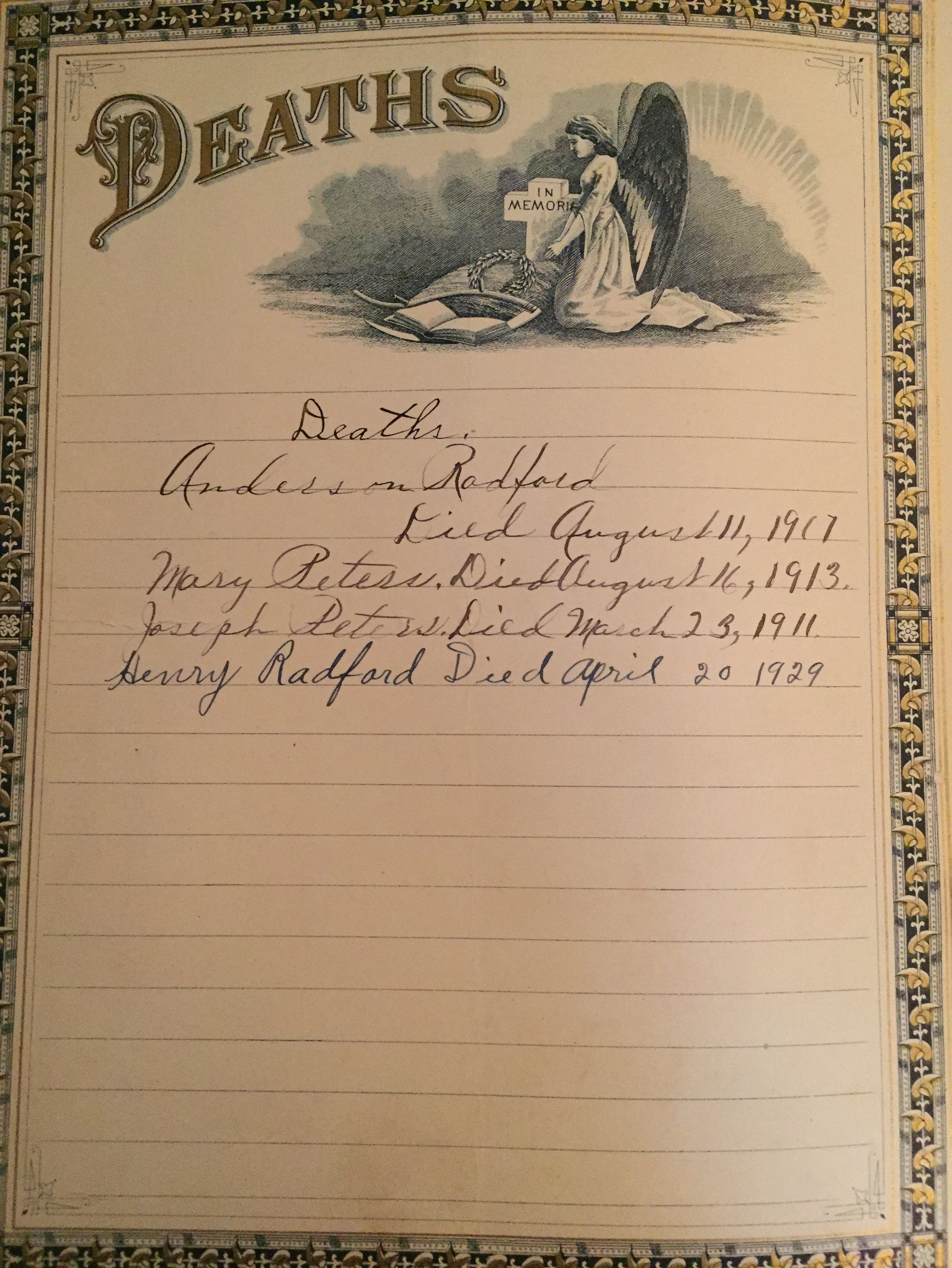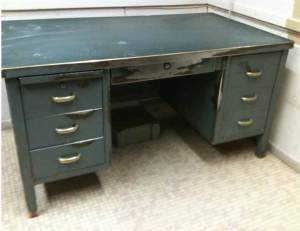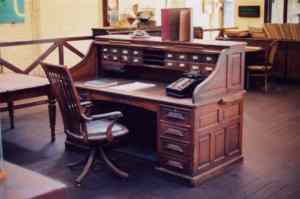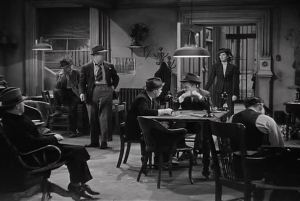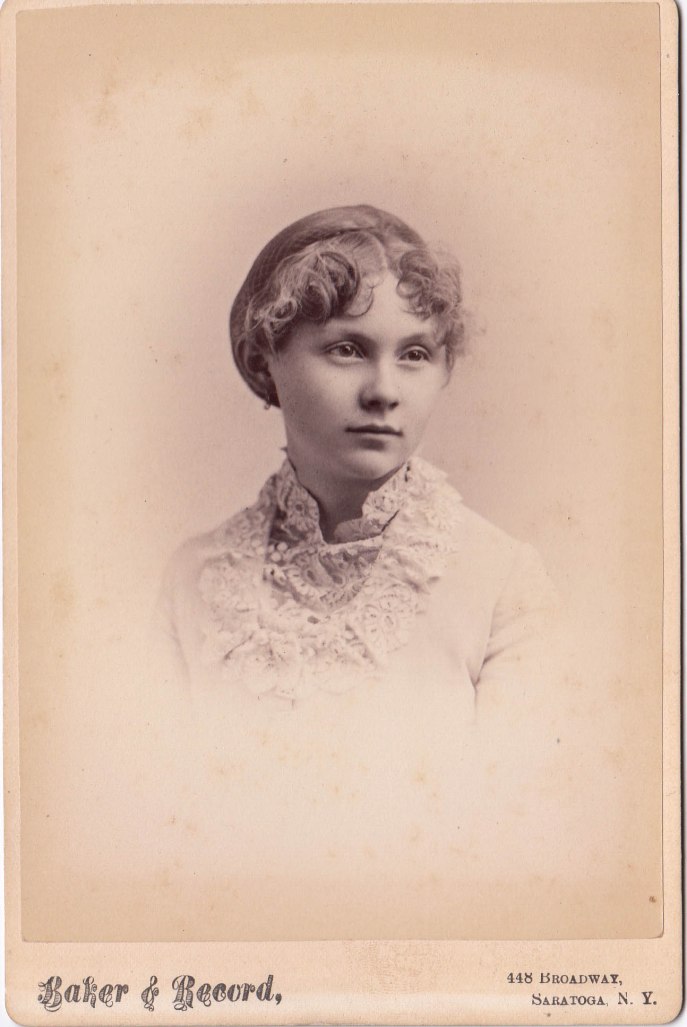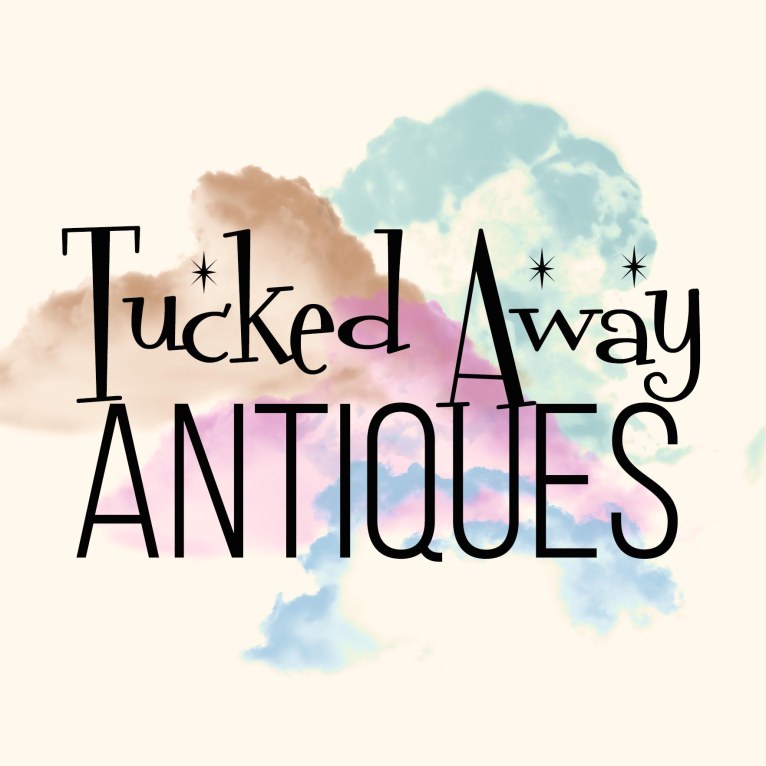When you’re interested in antiques but just getting started, the vast list of new terminology can seem a little daunting. Here’s a handy breakdown of some key vintage terms you’ll see if you are interested in vintage and antique collectibles (one on types of fabric, coming soon).
Composition

A composition doll in excellent condition.

Good condition with some crazing.

Very poor condition, showing the materials it is made of.
Commonly Found: in vintage & antique dolls, popular from 1870-1930s
What Is It?: what it sounds like, a composition or “mix” of various materials, commonly sawdust and glue. Each company had their own “recipe” that would be kept secret, but other materials included glue, glycerin, zinc oxide and Japanese wax. This could be molded into shapes like heads and hands.
Why’d They Use It?: prior to the creation of the “composition doll”, most doll manufacturers used porcelain or bisque. The main problem with this was that the dolls were very fragile. Often heads were made of porcelain or bisque to obtain realistic features, while the body, arms, and legs were made of cloth. With the invention of composition, the limbs, and eventually torso, could be molded into a realistic form as well. All in all, it made for better looking, longer lasting, dolls.
How To Identify It: flaws are the easiest way to identify this type of material. If you don’t already have clues like manufacturer or production date, try looking for things like “crazing”, a series of fine cracks that tend to occur on the surface over time. If chips or cracks have occurred on your doll, you may be able to see a material underneath that looks somewhat like cardboard or particle board; this can be a clue to composition. Most composition dolls either have molded hair (eg. made of the same material, a solid “hair” that is part of the head) or wear a wig; if your doll has rooted hair (eg. the way Barbie does, with hair coming out of the scalp) it is likely plastic. For a detailed breakdown on how to identify composition dolls, read this article.
Bisque

Vintage bisque doll with molded hair.

Bisque doll wearing wig

White-faced, glossy, porcelain doll – see the difference?
Commonly Found: in antique dolls, popular from 1860-1900. Frequently made in Germany or France. When used to make modern dolls, they tend to be aimed only at the collector’s market.
What Is It?: essentially just unglazed porcelain. While porcelain or “china” dolls will have a glazed, glossy, look, bisque dolls have a matt, more life-like appearance.
Why’d They Use It?: porcelain dolls already had a following when companies began to manufacture bisque dolls. While made in essentially the same way, they had a more realistic look than the white-faced, glossy porcelain dolls, and that appealed to more modern audiences.
How To Identify It: chances are you’ve seen and felt a porcelain doll before, and again, bisque is very similar. Unlike plastic, it will be completely solid and unbendable, and will be thinner and more delicate than most materials. A light test is the best way to identify it and to check for damage; shine a light through it (from the inside as well as out, if possible) and you should be able to see it glow. This will also light up and cracks, flaws or repairs. If you tap it, it will make a sort of “ring” sound (be gentle!), and you’ll find that porcelain and bisque will be very smooth and capable of fine detail. If you know the date or manufacturer of the doll, use this to find out for sure.
Chalkware

Early chalkware that could rival ceramic figurines.

Cheesy wall decor – a chalkware staple.

Poorly painted, gaudy “carnivalware”.
Commonly Found: inexpensive vintage figurines, carnival giveaways or small decor items. Sometimes called “carnivalware”. Popular in the 19th century, from 1910-1940 it evolved into primarily garish figures of pop culture icons and cartoonish animals sold at fairs.
What Is It?: molded plaster of paris or gypsum, often colourfully (and poorly) painted with watercolours or oil paints.
Why’d They Use It?: it was an inexpensive alternative to popular ceramic figures, like those made by Staffordshire.
How To Identify It?: early examples were often idyllic peasant figures or fruit. Look for shepherds, sleeping animals or nativity scenes. Pieces were hand-painted, sometimes in realistic detail, though later often looking rushed and inexact. Pieces are rarely glazed. Chalkware is hollow but will have a heavy base to keep the piece from tipping over. Look for mold lines; while the pieces would be fused together and then sanded before painting, gazing in through the bottom may allow you to see the seams. As well, most chalkware is marked with the design number, year, and copyright date, and may also have a company name inscribed. Chalkware is known to chip, crack and flake over time. The chalkware from the 1910s-40s is easy to identify by its gaudy appearance in addition to all the previous methods (really, just look at those!).
Bakelite

Bakelite bangles!

Colourful Bakelite flatware handles.

Bakelite poker chips.
Commonly Found: vintage costume jewellery, radios, telephones, flatware handles, game pieces – you name it! If it’s made of plastic today, there’s a good chance it was one point made of Bakelite. See this site for a great breakdown of popular and highly collectible pieces.
What Is It?: an early plastic resin with the ability to withstand high temperatures. Invented in 1907 and popular until the 1950s, it is celebrated for its wide range of bright colours. Hard enough to cut and polish, carved Bakelite was popular as well. Most commonly solid, opaque colours, some translucent pieces were made as well and given names like “Root-Beer” and “Cherry Juice”.
Why’d They Use It?: as already mentioned it was extremely versatile, at least compared to the products available before it. It was originally used for industrial purposes due to its ability to withstand heat, and the fact that it was colourful and carve-able made it a popular choice for artists.
How To Identify It: there are many methods to identifying Bakelite, and once you’ve seen a few pieces you’ll find your eye being drawn to them right away. First off, check for seams; unless it is made of multiple colours, there shouldn’t be any visible. Hardware on something like a brooch should be embedded or riveted on, as opposed to glued. As with many of the items discussed, flaws can be the best way to identify the “real deal”. Chips should reveal the same colour underneath; if you see white, something’s not right. Carved pieces may have small chips along the edges that shows the tool that was used to create them. As I mentioned, Bakelite has a very distinctive look, a particular shine and smoothness to it. This is described very well in this blog. Unlike modern plastics, or other vintage materials like Lucite and Celluloid, Bakelite tends to be quite heavy. When you tap a couple pieces together, they make a distinctive, low-pitched “clack” sound. Finally, due to it being made partially out of formaldehyde, you can test Bakelite by smell. Give it a rub, or run it under some warm water and it should reveal its tell-tale, chemical scent. For more tips, and for info on how to clean and care for Bakelite, check out the Vavoom Vintage site.
Lucite
Commonly Found: 1950s costume jewellery, retro shoe heels, purses, lamps.
What Is It?: a clear acrylic plastic created in the 1930s, popular in the mid twentieth century, and still in use today.
Why’d They Use It?: Lucite was less expensive to create than Bakelite, and more versatile than Celluloid, leading to it eventually dominating the market and making those earlier plastics obsolete. While it starts clear, it can be dyed a wide range of colours, and can be carved and polished, like Bakelite. Cabochons were made to imitate jewels, and bold costume jewelry was manufactured out of it throughout WWII. The material was also used to serve the war effort, being made into periscopes, windshields, and the noses of bomber planes.
How To Identify It: Lucite can look very similar to Bakelite, but goes for far less. Both these plastics are Thermoset, meaning you cannot melt it down to make something new after setting it. Many of the Bakelite tests can also reveal Lucite, however the key difference is the smell; Lucite is not made of Formaldehyde. It can be difficult to distinguish between modern and vintage Lucite, so be sure you have a good understanding of jewellery styles and colour trends; also note that most modern Lucite is solid, but opaque jewellery was available in its earlier days as well. Some vintage Lucite has a distinctive sheen, referred to as “moon glow”, and glitter inside it – referred to as “confetti Lucite” – was a popular vintage look as well. Contrasting coloured bits spread throughout the piece for a “granite” look is also a popular vintage sign, as is a coloured piece embedded in clear Lucite.
Celluloid

An early Celluloid advertising mirror.

Celluloid vanity set made to mimic ivory; “French Ivory”.

Coloured Celluloid vanity set.
Commonly Found: small jewellery and decorative items from the mid 1800s to 1940s. On the backs of compact mirrors, vanity sets, razor handles, on vintage pins and holiday items.
What Is It?: a brand name type of plastic made of cellulose dinitrate blended with pigments, fillers, camphor, and alcohol to make a unique synthetic material; like “Kleenex”, it has been used to describe similar products by other companies. Sometimes referred to as “French Ivory”, although it is in no way like the real ivory that is derived from animals. Extremely flammable and prone to deterioration, products like Bakelite and eventually Lucite made it become obsolete.
Why’d They Use It?: while not the first man-made plastic, it was one of the firsts, created in 1867. The inventor, John Wesley Hyatt, created the substance when trying to win a contest. The company Phelan & Collander had promised $10,000 to anyone who could come up with a substitute for ivory, and while Hyatt did not win the prize, during his experimentation he noticed that camphor added to nitrocellulose, plasticized. Initially the substance was used for billiard balls and dental plates. The billiards, however, never really caught on due to the flammability of the material; Celluloid coated balls sometimes produced small explosions when they collided. The material was used to coat early movie film as well, and that sparked countless fires in projection rooms (this instability of the film, due to the nitrite, makes early film preservation difficult). Despite this obvious drawback, Celluloid was in many ways versatile, and was used to create inexpensive versions of items made from ivory or tortoise shell.
How To Identify It: while Celluloid may initially look like ivory, or tortoise shell, it is far lighter, and if you hold a light up to it, you are likely to be able to see through it. As with most items on this list, deterioration can help with identification; it may crumble, crack, or crystallize. Celluloid is very thin, much more so than other early plastics like Bakelite. It too can be identified through a “smell test” – rub it or run it under warm water (do NOT use a hot pin as, remember, early examples were flammable) – and you should be able to smell the camphor (eg. moth balls). Post 1927, the camphor was removed and the smell test will no longer be relevant.
Do you have any requests for other vintage, man-made materials? I’ll do a blog on natural materials and fabrics sometime soon. Leave your requests in the comments 🙂




